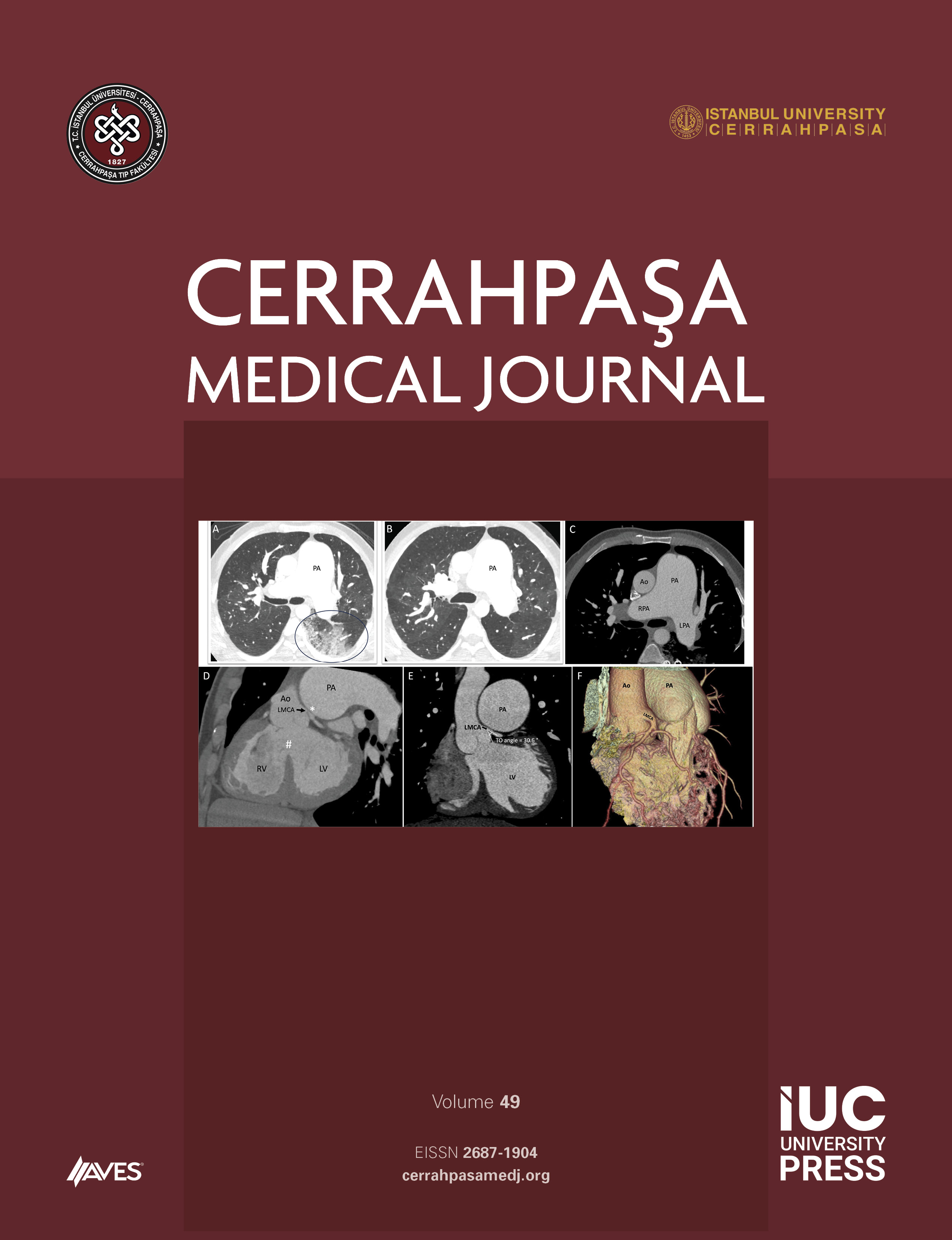Background.- Frontotemporal dementia (FTD) is the second frequently seen degenerative dementia following Alzheimer.s disease (AD). More than one disease causes FTD. Pick.s disease, which was previously known as prototype of FTD, constitutes only 20% of all causes. Clinical features vary according to the frontal subcortical circuit that is mainly involved. Recently familial types of the disease that are inherited as an autosomal dominant manner have been described. The gene is located on 17q21 and q22 loci. The main clinical features that help to differentiate FTD from AD may be classified as follows: FTD patients show more behavioural changes and less memory disturbances when they are compared to AD patients. Visuo-spatial skills of the FTD patients are relatively spared. Their EEG tracings are almost always normal. Hypoperfusion on SPECT and hypometabolism on PET studies are located in the different regions of AD and FTD brains. After cholin esterase inhibitors emerged as a treatment opportunity for AD, it has become more important to make differential diagnosis between these two types of degenerative dementia.



